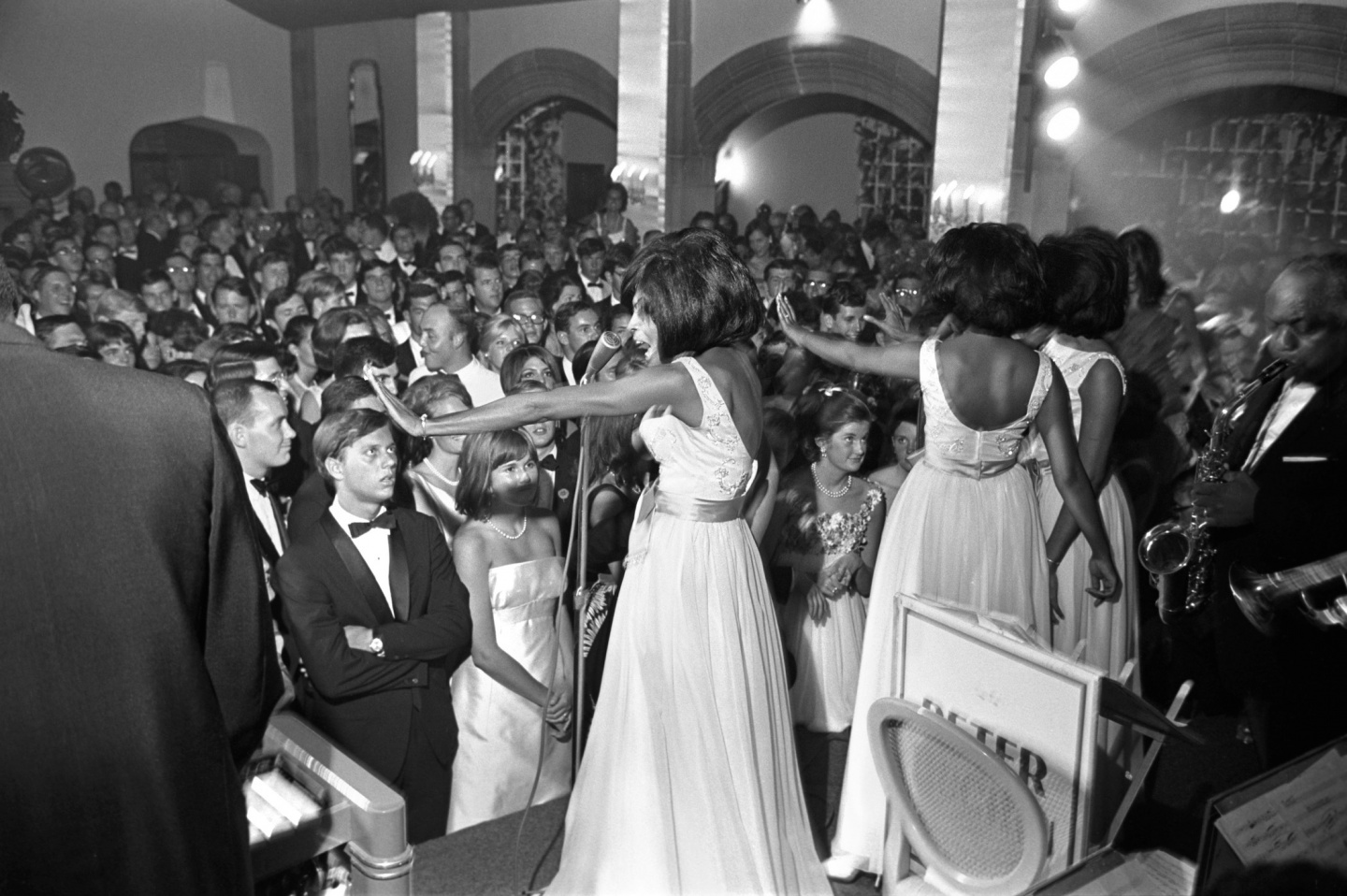Columbia College | Columbia University in the City of New York
“The Historian in the Basement” by Ben Ratliff ’90
Obit, the new documentary film about The New York Times obituary desk directed by Vanessa Gould ’96, takes the viewer on several trips beneath the paper’s midtown office building to a sub–sub-basement. This is where you meet my friend Jeff Roth, sole caretaker of the Times’ physical clippings and photo archive, known around the paper as the “morgue.” I worked at the Times for 20 years, until 2016, and I got to know Jeff well. He is not an editor, but in a way he is more than one.
At these moments, a factual film about a digital-media news organization concerned with the just-breaking and the verifiable moves into an area that is dreamlike and almost occult. It reminds me of the book The Poetics of Space, by the French philosopher Gaston Bachelard, about the psychological associations of different rooms in a house: The morgue, way down below street level, is what Bachelard would have called an “ultra-cellar,” a place of mystery and irrationality, the “cosmic roots” of a building. The morgue’s filing system is eccentric and permanently antiquated: Updating it would be too much work for not enough staff — i.e., too much work for Jeff. It contains something like seven million photographs, which are about 99 percent undigitized. The film shows Jeff pointing out 36 bound volumes of the Iran-Contra hearings, on top of a metal file cabinet. “I don’t know,” he says, making some kind of savvy-inscrutable face. “We like to keep the paper copies, because we don’t know if the online is gonna work.”
To make the morgue cough up something “new” — information and images that are little seen, unseen or at least unpublished — requires a leap into a previous way of thinking and sorting information. It requires not only memory but also associative history. The file folder for subject X — say, Bella Abzug or Dash Snow or Ornette Coleman — is not the only repository of that subject’s story. You need to know something of the history around X to find out all the directions in which that story trickled.
I have a print of an astounding photo he found of a 21-year-old Diana Ross performing with The Supremes at a debutante party in the wealthy and almost exclusively white enclave of Grosse Pointe, Mich., in 1965 [shown below]. The party was for Christy Wilson, daughter of Ralph C. Wilson Jr., founder and owner of the Buffalo Bills. Evidently, The Supremes are singing “Stop! In the Name of Love,” which had been the number 1 song on the Billboard chart one month prior. They are nine miles or less from the Brewster-Douglass housing projects on Detroit's near-east side where the Supremes had all lived as teenagers. Ross’ sharp body language, as she pushes her open palm forward against a sea of high-status whiteness, particularly one young man at the front of the audience with arms folded and a slack expression — now that is historical information. The picture, taken for a piece about a party that a Detroit-society man threw for his daughter, never ran in the paper, then or since; Jeff found it while researching for Ralph Wilson’s obituary. There are endless examples of this.
Jeff isn’t only useful to reporters who need to write an obit. (I wrote about music, but sometimes musicians die, and I had to write obituaries too.) Jeff likes to exchange information. This, in fact, is his job: it usually occurs to him that there is probably more to history than what is widely known, because history can’t be narrowly filed. While others scurry manically around him to meet deadlines, he surveys, remembers and integrates, often looking at journalism in terms of the string of relationships that led to a fact or an image being printed or not printed. He doesn’t bolt down the information and consign it to oblivion. He calmly stores and cross-references; he probably looks at photo credits and remembers names of writers and sources, because the question of who has the information, or who has access to the information, is as important as the information itself.
Jeff understands that perfection is definitively impossible and knowledge is definitively collaborative. He would sometimes access my stories before they went to print if he took a special interest in the subject; he was one of several people at that paper who could look over a piece in a kind of aerial way, rather than deep in the bramble of it. He once made a fix in one of my pieces about the name of the place where The Beach Boys recorded “Surfin’ Safari” in 1962: It was Western Recorders, not Western Studios. He emailed me to let me know he had asked the copyeditor to change it. I did not take it amiss. “You and I are in the same leaky boat,” he wrote. He was talking about the Times, but if you think about it from one step back he was talking about history.
Please don’t misunderstand: This is not an elegy for analog information. I’m done with those. I can’t read another. I don’t see Jeff as an obsessive or an antiquarian or some kind of hero, but simply a sound human being: I believe he cares about the transmission of information through history just as many of us care about, say, making sure our children or parents are safe and recognized, and get to where they want to go. He is not unique. Recently I dropped in on another friend not unlike Jeff: Harry Sepulveda, manager of Record Mart, the best Latin-music record store in New York City, located in the Times Square subway station near the S platform. (Cosmic roots, again.) Harry has been working there for almost 50 years. When you ask him about a record by Eddie Palmieri from 1965 he will take you to the bins and show you other records related to it and talk to you about this conguero and that bass player and who they met when they came to New York. He keeps coming back to social relationships: who knew whom. He doesn’t really deal with the Internet and doesn’t love the phone; he prefers face-to-face.
Again, I don’t think Harry is an outlier; I think he’s normal, or perhaps a highly reliable version of normal. Both he and Jeff understand that no document can tell the entire story of its time, and that there is value in overlooked information. They are both excellent captains of the leaky boat.

Photo from The New York Times “morgue” dated June 19, 1965: “Miss Christy Wilson, daughter of Mr. & Mrs. Ralph C. Wilson Jr. of Grosse Pointe, Mich. made her debut at the Country Club of Detroit, at a party reputed to cost upward of $75,000. A thousand guest danced to the music of Peter Duchin, were entertained by The Supremes.”
ALLYN BAUM/THE NEW YORK TIMES

KATE FOX REYNOLDS

